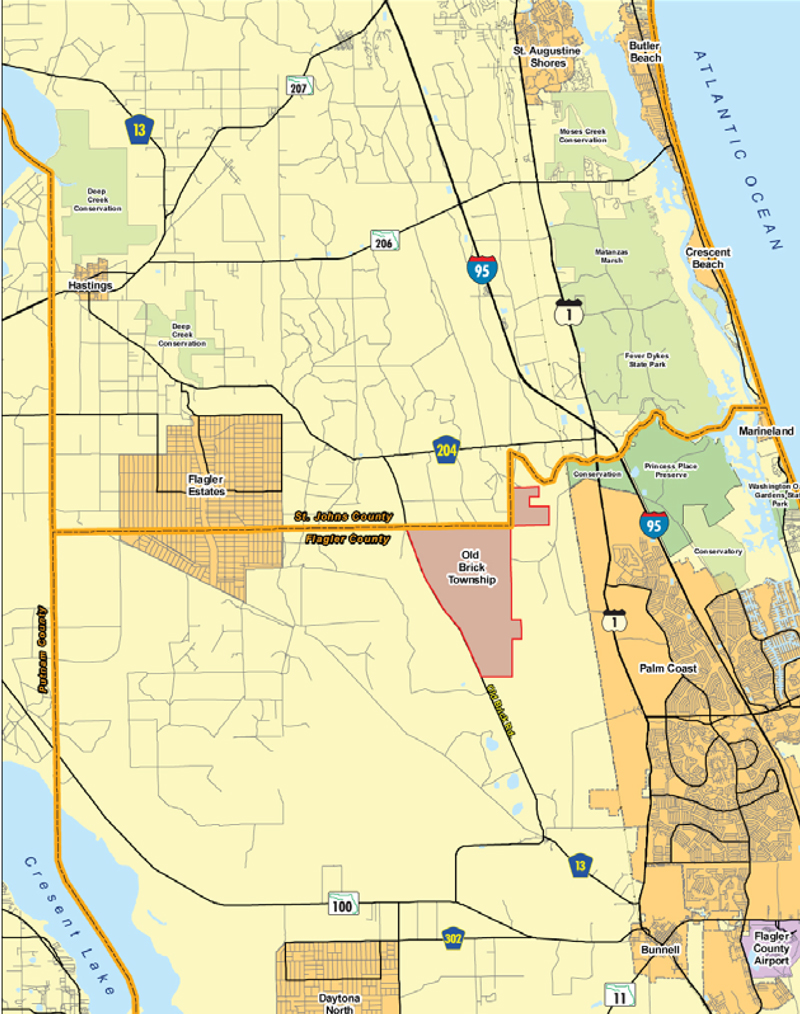

Also included in the category of non-usable sales is a “catch all” category of sales that the assessor does not believe to be arms-length transactions.

These sales are known as “ non-usable sales” and include foreclosures, short sales, properties that have been damaged by fire or flood, sales between family members and several other categories of sales that very often do not represent true market value. Some sales are immediately removed from the assessor’s computation. In all New Jersey municipalities in which the equalization ratio has been applied, the assessor must estimate the ratio of assessed values to actual values. In this article, we will examine a rather unique case in which the taxpayers of a town did not challenge their assessments, but rather the equalization ratio upon which their assessments were based. Properties owners who are overassessed are entitled to appeal their taxes not only when the assessments exceed the fair market values for their properties, but also in cases when the equalized assessments exceed the property values by more than 15%. As property values increase in the years following a revaluation, the assessments do not change, but rather, the tax rate is simply increased to ensure that the rapidly increasing municipal budgets remain balanced. Following a revaluation or re-assessment, a municipality will typically start with an equalization ratio of 100%. However, for the majority of New Jersey municipalities, in which properties are not assessed at 100% of true value, the use of an equalization ratio is necessary to ensure that county contributions are uniformly applied, even in cases where neighboring municipalities have assessed their properties at different ratios. This directive, which has become known as the uniformity clause, mandates that all real estate within a municipality is assessed according to the same standard of value and taxed at the same tax rate.

Article VIII of the New Jersey State Constitution regulates revenues raised through real estate property taxes.


 0 kommentar(er)
0 kommentar(er)
